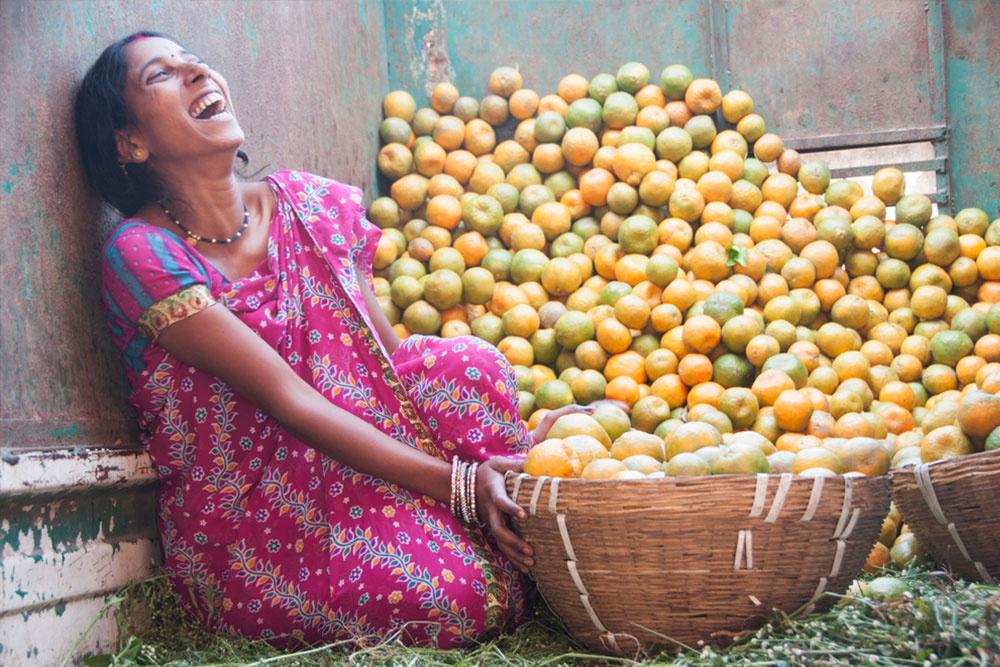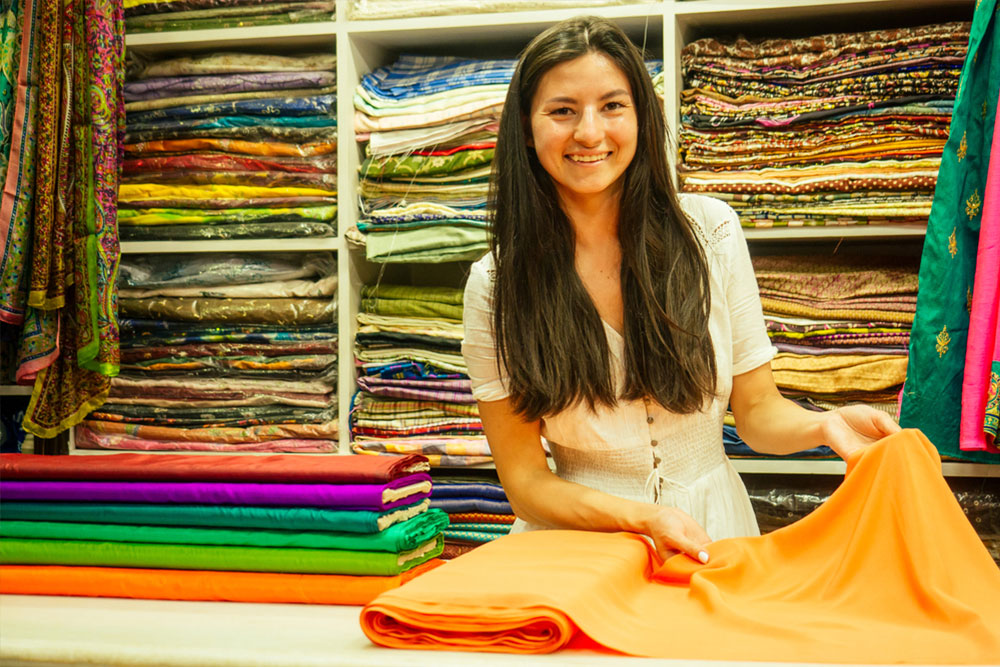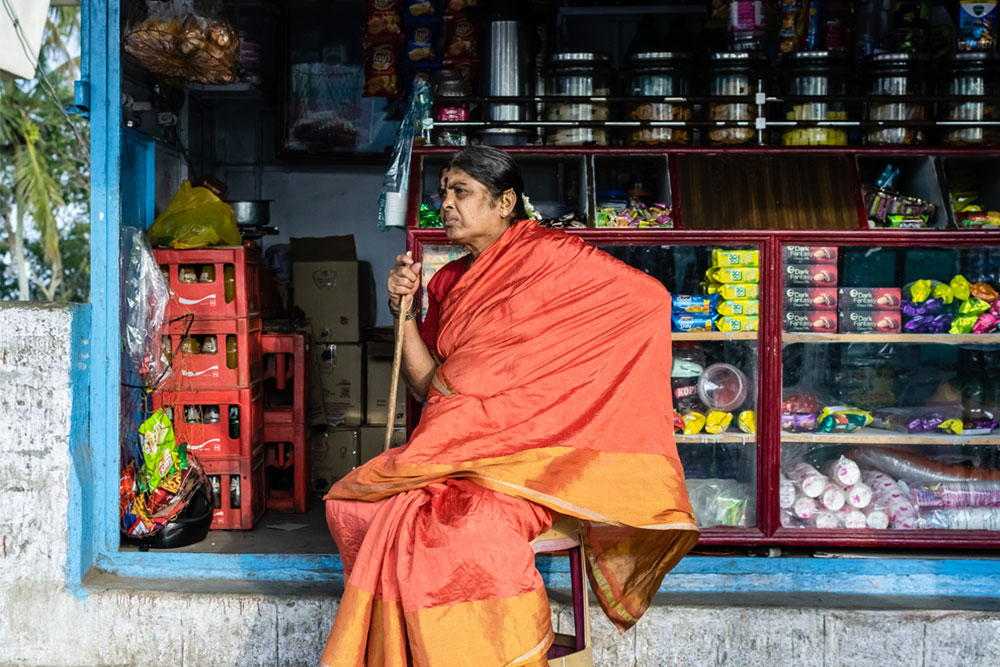So, you’re a woman who wants to start a small business and need a loan to get started. If you’re an urban Indian woman of means, you’d just ask your bank for a loan based on your annual income, tax records, credit score, and assets. But what if you’re a woman living in a rural belt who has neither a bank account nor financial assets to declare or base your loan on? What if you hail from a low- or middle-income economic group, and your family doesn’t have access to regular income, let alone the means through which to finance your venture?
Micro-financing, which has increasingly gained popularity across rural India over the last decade or so, might be your best bet. The best part about rural micro-financing, in fact, about micro-financing institutions in general, is that this financial service prefers to invest in women—a fact that is definitely likely to go in your favour. Here’s everything you need to know about rural micro-financing and exactly how it’s helping India’s women entrepreneurs.
What is micro-financing?
According to the United Nations Development Programme (UNDP), for people who belong to the poorer or informal sectors in developing countries, the ability to get credit often forms the deciding line between survival and abject poverty. Credit, in this case, is not just required for entrepreneurship or small-scale businesses, ranging from handicrafts and animal husbandry to tea stalls and tailoring shops, but also for basics like food, education, and health.

Micro-financing is a financial service, usually provided by both governmental and non-governmental organisations, which is targeted towards people from these categories, i.e. those who do not have access to formal or conventional forms of banking, insurance and other services. The UNDP says that micro-financing is based on the hypothesis that the poor are capable of thrift and savings, even though they don’t always have the opportunity to exercise either. They are quite responsible with the money they have, and therefore, can be relied upon to return the money they borrow. All they need, is an opportunity.
This hypothesis also suggests that micro-financing is profitable for both the institution that provides it and the client in need who receives it, thus creating a scenario where uplifting the lowest section of the economy can result in a more comprehensive growth for the nation. It also ensures that the poor do not fall prey to more exploitative informal methods of getting credit, like moneylenders, landlords or people who may take advantage or demand other favours in return. So, micro-financing basically circumvents the problems posed by both the formal and informal systems of credit delivery, especially in a country like India.
Empower the woman and all shall benefit
A key characteristic of micro-financing institutions (MFIs) in India, and many other South Asian, Latin American and African countries as well, is that the loans are predominantly provided to women instead of men. What increases the potential of women as beneficiaries of this type of credit is the notion that empowering a woman benefits her entire household. Not only are women perceived to be more responsible towards their families, but their basic nature is presumed to lean towards prudence (especially with money), common sense, ingenuity and foresight. Studies by the UNDP show that micro-financing instils a sense of strength and confidence in women, more so when they are able to break the poverty trap by utilising a single loan and become financially independent.

The way micro-financing systems work also helps. The system calls for the creation of stable self-help groups (SHGs) containing 10 to 20 women who can then ask for formal support from micro-financing institutions. The process of forming a stable group, functioning in a sustained manner, being mutually accountable and still benefitting each member is in itself highly empowering, and strengthens a woman’s sense of belonging and support. Further, this structure also substitutes formal collaterals (which these women don’t have anyways) with peer pressure that is taken as another guarantee for loan repayment.
India and its micro-finance institutions
In 1974, the Self-Employed Women’s Association (SEWA) of Gujarat took the first initiative to introduce micro-financing for its members. Since then, credit unions, non-governmental organisations, commercial banks, and, of course, the Indian government and the Reserve Bank of India (RBI) have come up with many schemes to provide women at the grassroots with micro-financed loans, savings accounts and insurance. The Pradhan Mantri MUDRA (Micro Units Development and Refinance Agency) Yojana, launched in 2015 by Prime Minister Narendra Modi, is currently the most effective government scheme for micro-financing.

This apart, global agencies have also taken to investing in the Indian micro-finance market over the last decade. The World Bank’s International Finance Corporation (IFC), for example, has invested $564 million in equity and debt in the Indian micro-financing market, primarily due to the reported estimate micro-loan borrowers have increased by a staggering 900 percent growth rate between 2012-2018. Now, if you need access to micro-financing, you can try any of the following methods:
• Go to the MUDRA website and apply for a Shishu (up to INR50,000 rupees), Kishore (up to INR5 lakh rupees) or a Tarun (up to INR10 lakh rupees) loan.
• Ask your panchayat to connect you with the nearest joint liability group (JLG) or SHG.
• Visit your nearest Grameen Bank or rural cooperatives.
• Reach out to an MFI like the IFC-supported Utkarsh.
*Note: It’s very important to remember that like every other field in the world, the COVID-19 pandemic has also affected micro-financing. Reports suggest that over the course of 2020, many women who took micro-loans have faced difficulties in repaying their loans on time, despite the moratorium announced by the government. After the lockdowns were lifted, the reports say, the confusion persisted, putting many MFIs in danger of becoming insolvent. The microcredit sector has clearly been one of the most hard-hit due to the pandemic. It might, therefore, be crucial for you to discuss your options with a support group if you are looking to apply for micro-financing.